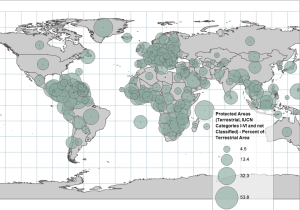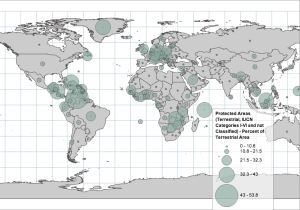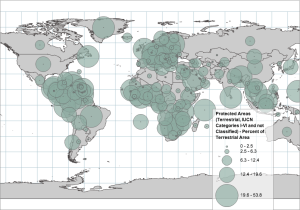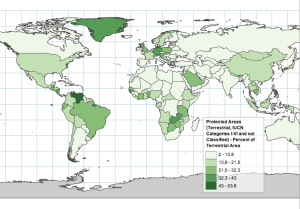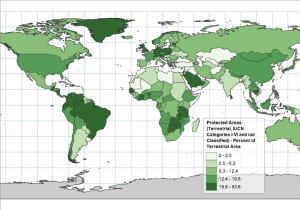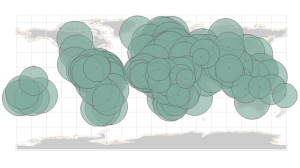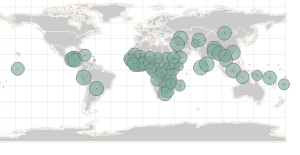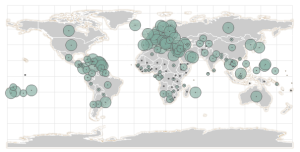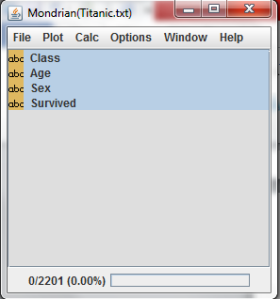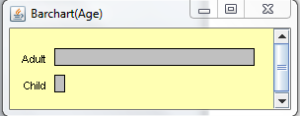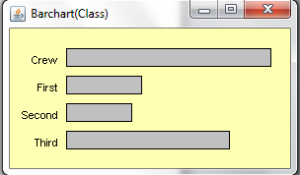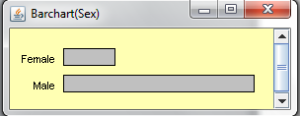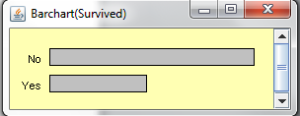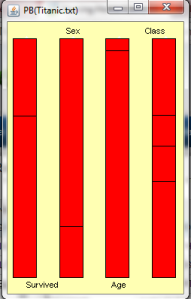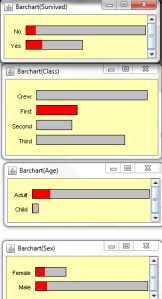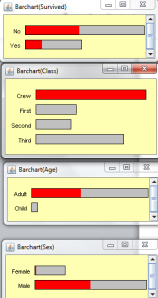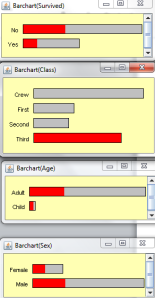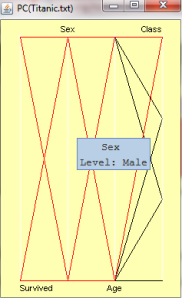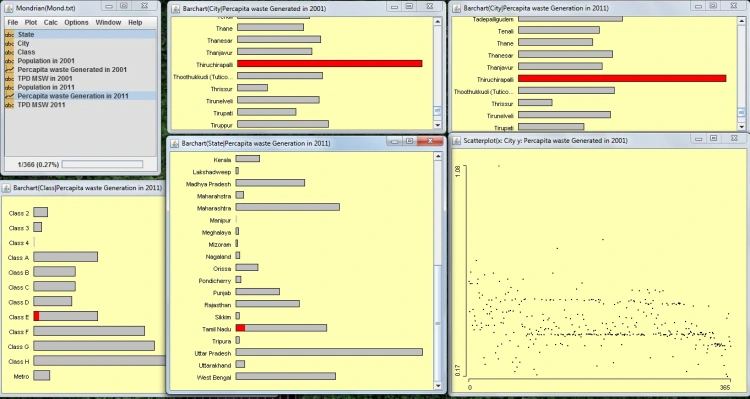Primary analysis refers to the analysis of data from a single study to test the hypothesis originally formulated. When a number of individual studies have been conducted on the same topic, it can be interesting and valuable to do a further study on all the separate studies, to determine whether they indicate a pattern, relationship, or source of disagreement. One option is to do a literature review, as a narrative, to explain the various papers. However, this method does not allow further statistical analysis to be applied. Therefore another method has been developed, in order to overcome this barrier.
This statistical method is known as meta-analysis, which can be defined as a complex method for analysing a collection of data from several studies, in order to define a single conclusion with greater statistical significance. As each study will have it’s own methodology, statistical application, experimental population and even geographic setting, it is extremely challenging to amalgamate these individual units into a cohesive summary. This type of analysis has advantages and drawbacks, for a number of reasons that I will elaborate.
Advantages: Greater statistical power, confirmatory data analysis, greater ability to extrapolate to general population affected, considered an evidence-based resource (GWU 2012), inconsistencies can be analysed, the presence of publication bias can be investigated.
Disadvantages: Difficult and time consuming to identify appropriate studies, not all studies provide adequate data for inclusion and analysis, requires advanced statistical techniques, heterogeneity of study populations (GWU 2012).
Case study: organic vs. conventional farming
To explore this method further, I present an example of a published meta-analysis on organic farming. In 2012, Tuomisto et al. published a meta-analysis of European research that studied whether organic farming reduces environmental impacts, in comparison to conventional farming methods. From the 71 studies providing data for the meta-analysis, the research extracted 170 cases, since each study generally provided results from multiple farming systems. Those cases provided 257 quantitative measures of the environmental impact of organic and conventional farming. Ten indicators were used to compare the environmental performance of the two systems, including soil organic matter, nitrogen leaching, greenhouse gas emissions, energy use, and biodiversity. Furthermore, they conducted a straightforward narrative literature review of 38 studies. They extracted both quantitative and qualitative data from the studies in order to compare the impacts and explain the differences between them. Data analysis involved calculating the response ratio for each indicator, Response ratio = [(impact of organic farming/impact of conventional farming) – 1], with negative values indicating lower impacts from organic farming versus conventional, and positive values indicating higher impacts from organic farming.
Tuomisto et al. (2012) found that organic farming practices generally have positive impacts on the environment per unit of area, but not necessarily per product unit. “Organic farms tend to have higher soil organic matter content and lower nutrient losses (nitrogen leaching, nitrous oxide emissions and ammonia emissions) per unit of field area. However, ammonia emissions, nitrogen leaching and nitrous oxide emissions per product unit were higher from organic systems. Organic systems had lower energy requirements, but higher land use, eutrophication potential and acidification potential per product unit.” They found great variation in the results of the indicators due to differences in the systems compared and research methods used. Conducting this meta-analysis allowed the researchers to recommend that “in order to reduce the environmental impacts of farming in Europe, research efforts and policies should be targeted to developing farming systems that produce high yields with low negative environmental impacts drawing on techniques from both organic and conventional systems”.
Conclusion
Although meta-analysis has some significant drawbacks in its application, if used carefully and transparently it can be a valuable tool in the world of research, providing statistically-based literature reviews. It is important to remember the limits of this method, and be aware of them when designing or interpreting a meta-analysis. As summarised by Fagard et al. (1996), “Meta-analysis is superior to narrative reports for systematic reviews of the literature, but its quantitative results should be interpreted with caution even when the analysis is performed according to rigorous rules”. If you are interested to explore this particular topic further, here are some other recently published meta-analyses on organic vs conventional farming, by Mondelaers et al. (2009), Seufert et al. (2012), and de Ponti et al. (2012) to provide comparison.
References
de Ponti, T., Rijk, B. and van Ittersum, M.K. (2012) The crop yield gap between organic and conventional agriculture. Agricultural Systems 108:1-9. http://models.pps.wur.nl/sites/models.pps.wur.nl/files/AGSY1644.pdf
Fagar, R.H., Staessen, J.A., and Thijs, L. (1996) Advantages and disadvantages of the meta-analysis approach. J Hypertens Suppl 14:9-12. http://www.ncbi.nlm.nih.gov/pubmed/8934372
George Washington University (2011) Study Design 101: Meta-analysis. http://www.gwumc.edu/library/tutorials/studydesign101/metaanalyses.html, accessed 20 April 2013.
Mondelaers, K., Aertsens, J., and Van Huylenbroeck, G. (2009). A meta-analysis of the differences in environmental impacts between organic and conventional farming. British Food Journal 111 (10), 1098-1119. 10.1108/00070700910992925
Seufert, V., Ramankutty, N., and Foley, J.A. (2012) Comparing the yields of organic and conventional agriculture. Nature 485: 229-232. http://serenoregis.org/wp-content/uploads/2012/06/nature11069.pdf
Tuomisto, H.L., Hodge, I.D., Riordana, P. and MacDonald, D.W. (2012) Does organic farming reduce environmental impacts? A meta-analysis of European research. Journal of Environmental Management 112:309-320.
